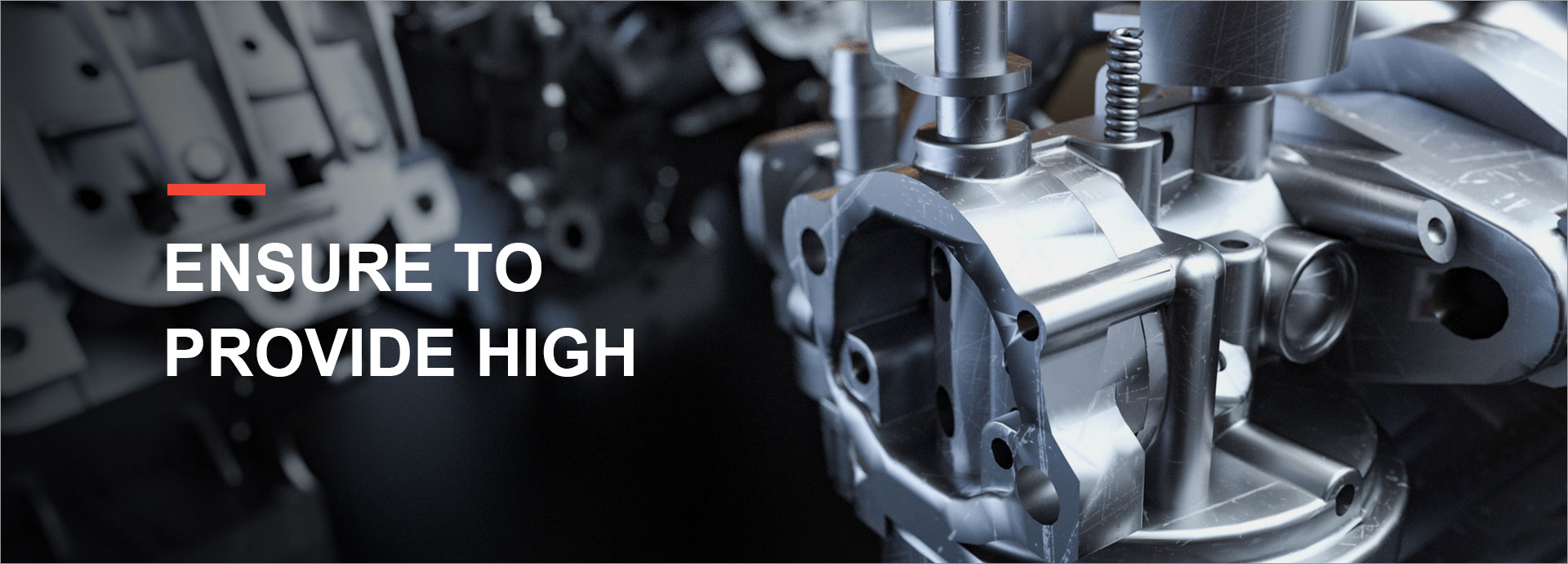Reinforced vs. Forged Ball Joints: Which Is Superior?
When it comes to automotive components, the performance of your vehicle often hinges on the quality of its parts. One critical yet often overlooked component is the ball joint. These small but essential elements play a significant role in the suspension system, allowing for smooth turning and stability. Among the various types of ball joints available, two popular options are reinforced and forged ball joints. Understanding the differences between these two types can help you make an informed decision for your vehicle.
Want more information on reinforced forged ball joints? Feel free to contact us.
What Are Ball Joints?
Before diving into the specifics of reinforced and forged ball joints, it’s important to know what ball joints are. Essentially, they function as the pivot between the vehicle's wheels and its suspension system. By allowing for both up-and-down and side-to-side movement, they promote smooth handling and ensure tire longevity.
Reinforced Ball Joints
Reinforced ball joints are designed with added material and construction techniques that enhance durability and performance. They usually feature thicker walls and stronger materials, which help withstand extreme stress and impact. This construction makes them an excellent choice for off-road enthusiasts or those who frequently drive under challenging conditions.
Key Advantages
Enhanced Strength: The additional reinforcement provides an extra layer of protection against wear and tear.
Improved Longevity: With robust materials, these joints tend to last longer than standard options, reducing the need for frequent replacements.
Better Performance in Harsh Conditions: If you often find yourself navigating rough terrains, reinforced ball joints can offer better handling and stability.
Considerations
While the advantages are significant, it’s crucial to note that reinforced ball joints can be heavier than their standard counterparts. This weight may slightly impact the overall performance of the vehicle, especially in terms of fuel efficiency.
Forged Ball Joints
Forged ball joints, on the other hand, are created through a process that involves shaping metal using compressive forces. This method usually enhances the material's grain structure, leading to a stronger and more durable product. Forging often results in a lightweight yet resilient ball joint.
Key Advantages
Strength-to-Weight Ratio: Forged ball joints are known for their impressive strength-to-weight ratio, making them ideal for performance vehicles.
If you want to learn more, please visit our website ball joint supplier.
Corrosion Resistance: Many forged options come with coatings that improve resistance to rust and corrosion, ensuring longevity even in harsh environments.
Precision Fit: The forging process allows for a more precise fit, which can improve overall handling and ride quality.
Considerations
One potential drawback of forged ball joints is their cost. The manufacturing process can lead to a higher price point, which might not fit every budget. However, many enthusiasts view this as a worthwhile investment due to the enhanced performance they offer.
Reinforced vs. Forged: Which Is Superior?
Determining which type of ball joint is superior often boils down to individual needs and driving conditions. If your vehicle is subjected to rugged terrains and you require maximum durability, reinforced ball joints may be the best choice. On the other hand, if you prioritize weight reduction and performance in both daily driving and spirited handling, forged ball joints could be the way to go.
Factors to Consider
Driving Environment: Consider where you frequently drive. Off-road or in urban settings? Your choice might differ significantly.
Vehicle Type: Sports cars might benefit from forged ball joints for their responsiveness. Conversely, trucks and SUVs might excel with reinforced options.
Budget: Know your budget and assess what you’re willing to invest in long-term durability versus upfront cost.
Making Your Choice
Ultimately, both reinforced and forged ball joints have their merits. By assessing your specific needs, driving style, and vehicle type, you can make a more informed decision. As with any automotive component, the quality of your choice can significantly affect your vehicle's performance and longevity.
In conclusion, whether you opt for reinforced or forged ball joints, ensure you choose a reputable manufacturer. Quality matters, and investing in superior components can enhance your driving experience for years to come. Make sure to consult with a mechanic or an automotive expert to determine the best fit for your vehicle. Your wheels will thank you!
Are you interested in learning more about Lada ball joint replacement guide? Contact us today to secure an expert consultation!


